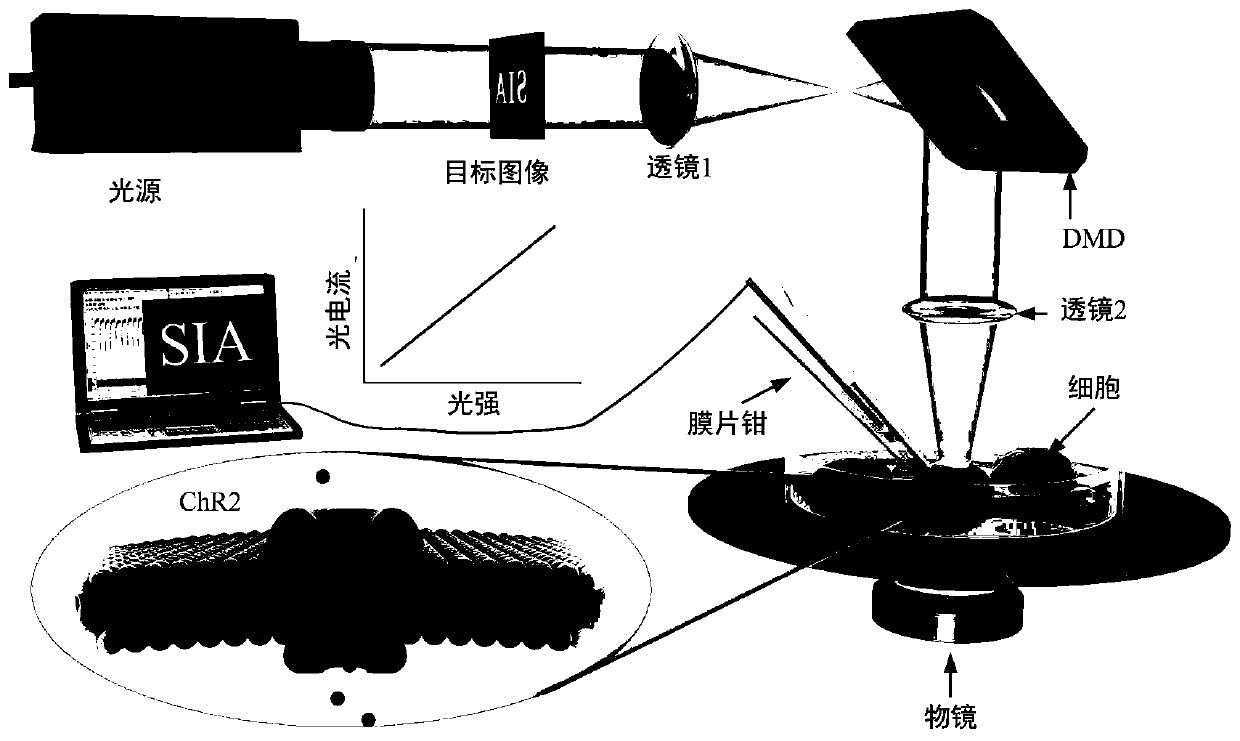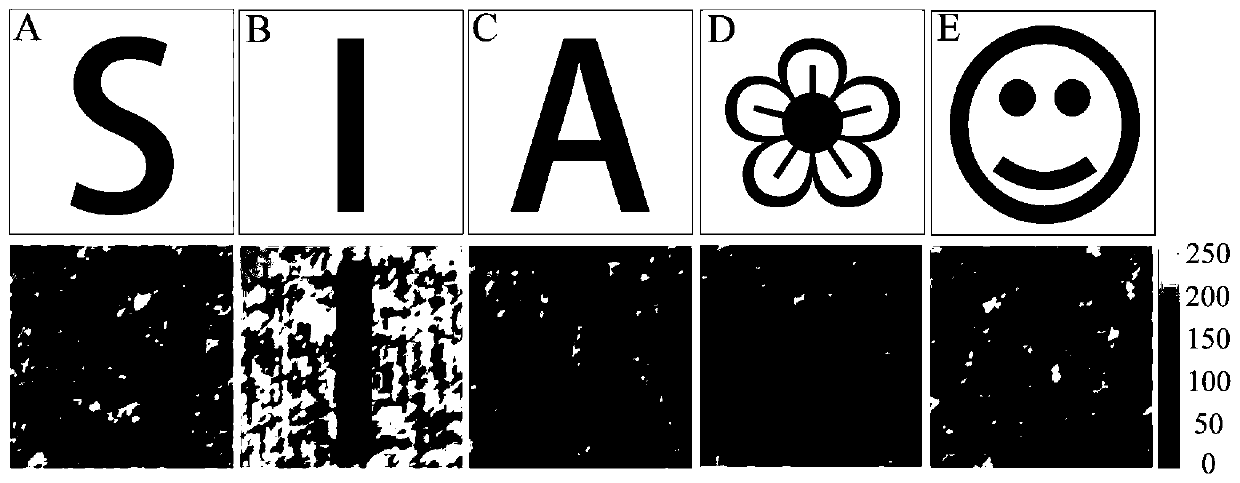Manufacturing method of cell fusion photoelectric sensor and working method of imaging system thereof
A photoelectric sensor and cell fusion technology, which is applied to the parts of the TV system, chemical instruments and methods, embryonic cells, etc., can solve problems such as the inability to achieve high-resolution imaging and the difficulty in realizing the array of new photosensitive devices
- Summary
- Abstract
- Description
- Claims
- Application Information
AI Technical Summary
Problems solved by technology
Method used
Image
Examples
Embodiment Construction
[0023]The present invention will be further described below in conjunction with the accompanying drawings and specific embodiments, so that those skilled in the art can better understand the present invention and implement it, but the examples given are not intended to limit the present invention.
[0024] The invention provides a photoelectric sensor for cell fusion and an imaging system thereof. The photoelectric sensor construction process of cell fusion is as follows: figure 1 shown. Transfect the channelrhodopsin (ChR2) extracted from the eye spot (Eye spot) of Chlamydomonas reinhardtii cells into human embryonic kidney 293 (Hek293, Human embryonic kidney) cells, which have good photosensitivity and pass through the membrane Piece-clamp techniques can detect the light-responsive properties of cells. The specific construction process of this photosensitive cell is: 1) using the proofreading polymerase (primers with BamHI and HindIII restriction sites) with polymerase (pf...
PUM
| Property | Measurement | Unit |
|---|---|---|
| wavelength | aaaaa | aaaaa |
Abstract
Description
Claims
Application Information
 Login to View More
Login to View More - R&D
- Intellectual Property
- Life Sciences
- Materials
- Tech Scout
- Unparalleled Data Quality
- Higher Quality Content
- 60% Fewer Hallucinations
Browse by: Latest US Patents, China's latest patents, Technical Efficacy Thesaurus, Application Domain, Technology Topic, Popular Technical Reports.
© 2025 PatSnap. All rights reserved.Legal|Privacy policy|Modern Slavery Act Transparency Statement|Sitemap|About US| Contact US: help@patsnap.com



